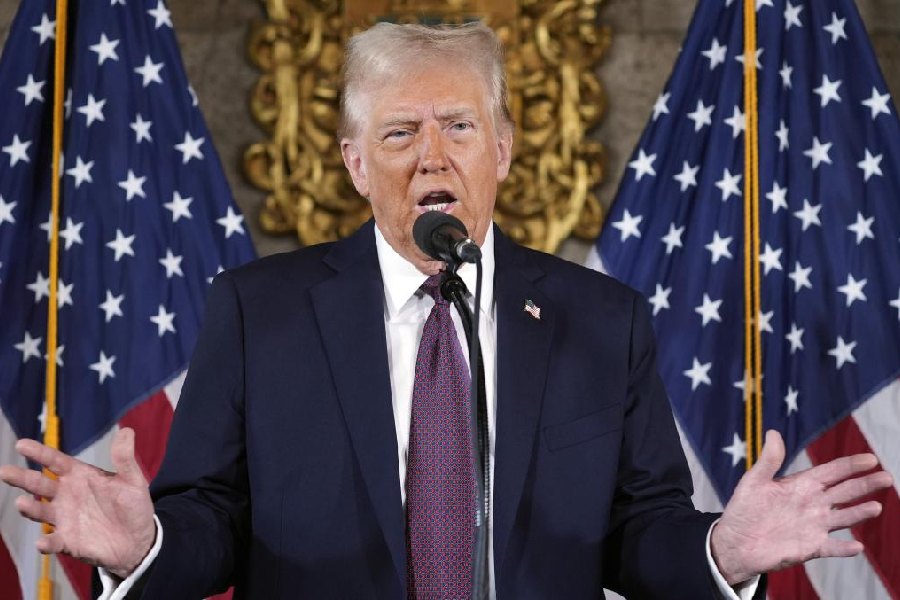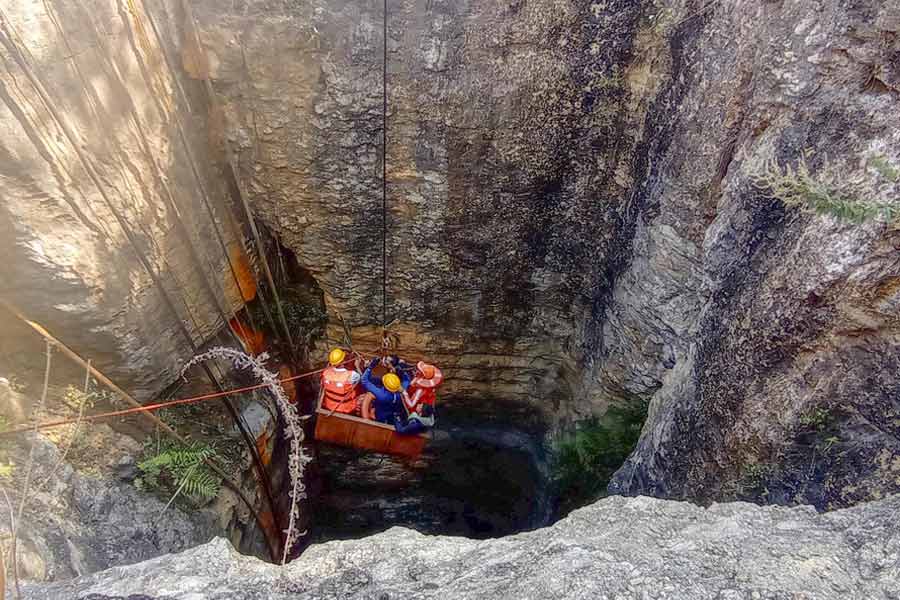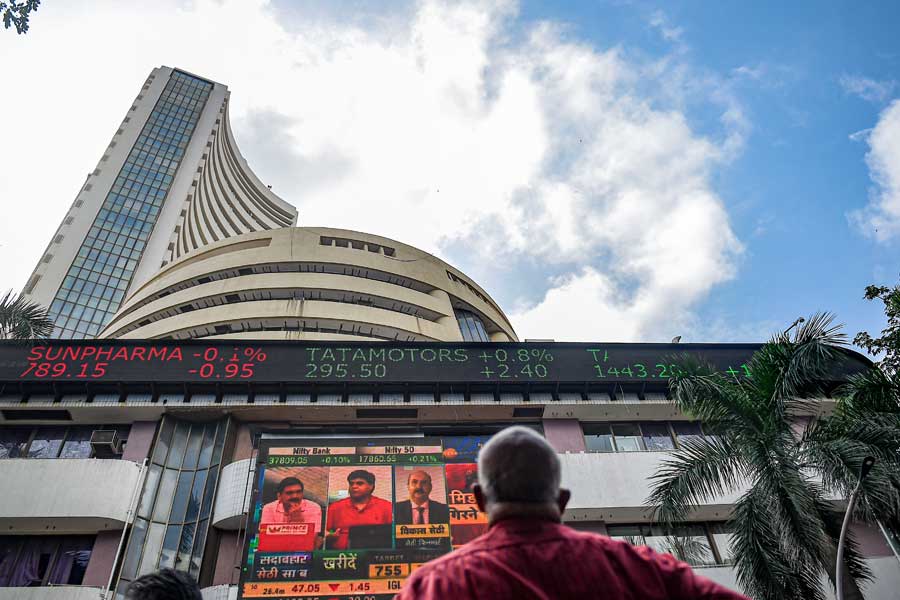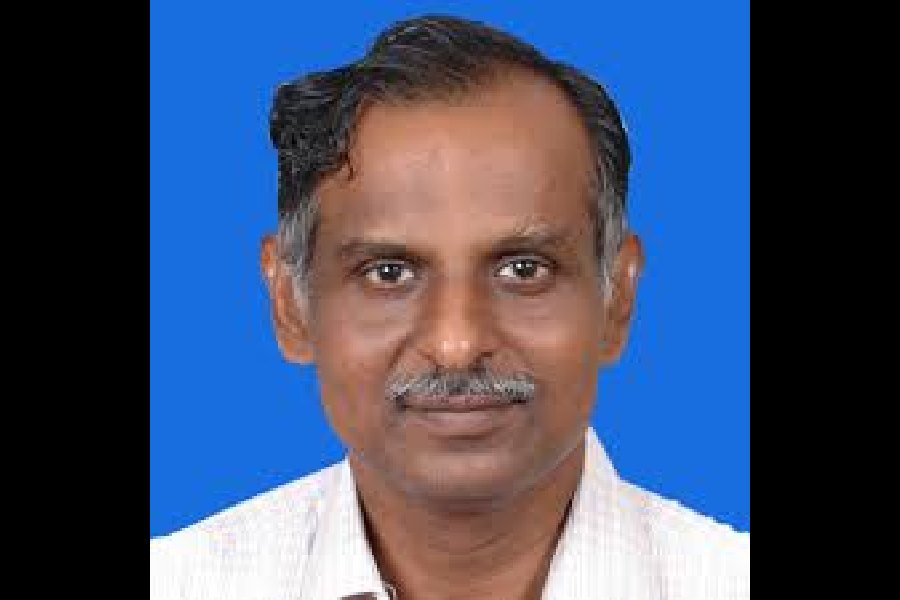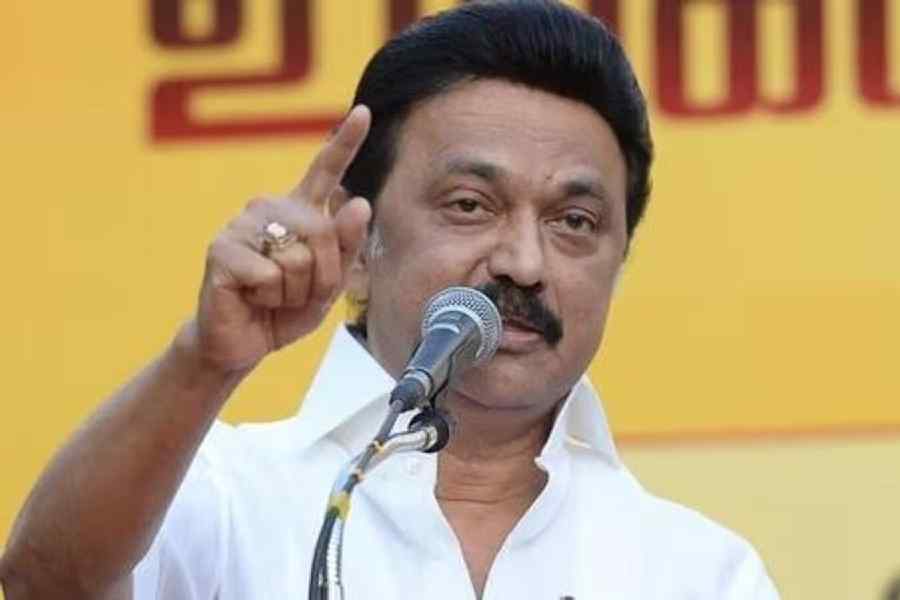Tamil Nadu chief minister M.K. Stalin has announced a cash prize of $1 million for decoding the Indus Valley script, which has remained an enigma for over a century.
“We are still unable to clearly understand the written script of the once prosperous Indus Valley Civilisation (IVC) despite Herculean efforts by archaeologists, linguists, anthropologists, Tamil scholars and other researchers, including computer experts. To give a fillip to this important research, any individual or organisation coming up with a solution to decipher the Indus Valley script that will find acceptance by archaeologists will be awarded a cash prize of $1 million,” Stalin announced here on Sunday.
Stalin was inaugurating a three-day international conference to mark the centenary year of the announcement of the discovery of the Indus Valley Civilisation. The event was organised by the state department of archaeology and the Indus Research Centre of the Roja Muthiah Research Library in Chennai.
Scholars such as Iravatham Mahadevan from Tamil Nadu, Asko Parpola from Finland and Suniti Kumar Chatterji have studied various aspects of the IVC and proposed several hypotheses to understand the language and decipher its script. These studies have — based on excavations in Kodumanal and Adichanallur in Tamil Nadu — added strength to the “probable Dravidian or proto-Dravidian origins” of the language.
Mahadevan had produced a “Concordance Table” in 1977, listing some of the graffiti obtained from the excavation sites that are similar to the IVC signs. He also identified marks on Neolithic axes found in a couple of places in Tamil Nadu with signs of the Indus Valley script.
With the announcement of the cash prize, Stalin emphasised the need to incentivise research in this area. He also announced a grant of ₹2 crore to set up a chair in memory of Mahadevan at the Roja Muthiah Library and also laid the foundation stone of a life-size statue of Sir John Marshall at the Museumcomplex here.
Marshall, then British director of the Archaeological Survey of India, announced the discovery of the IVC in The Illustrated London News on September 20, 1924.
Stalin said the majority of the symbols and seals of the IVC had similarities with those unearthed during excavations that are underway in eight places in the state, indicating trade links.
This similarity goes up to 90 per cent of the graffiti marks identified in the whole of south India till date, Stalin said quoting from the latest study of archaeologists K. Rajan and R. Sivananthan titled “Indus Signs And Graffiti Marks of Tamil Nadu-A Morphological Study”.
Explaining the rationale behind honouring Marshall, Stalin said the IVC discoveries under his direction at the ASI shed new light on the Dravidian contributions to the great civilisation that once flourished in Sindhand Punjab.
Through those discoveries, Marshall had also “retrieved the history and glory of Dravidian culture”,Stalin added.
He said Tamil Nadu did not wish to jump to conclusions but would wait for more definitive outcomes from scientifically based research to prove Dravidian contributions to IVC.
“That would make future historians write the history of India starting from the south,” he added.
Historian Romila Thapar, in her opening remarks at the conference attended by 30 experts of linguistics, anthropology, population genetics and immigration from India and abroad, said the IVC discoveries changed the long-held perception up to 1925 that early Indian history began with Vedic culture transmitted orally by memorising verses fromVedic texts.
However, there was a far more impressive civilisation in Harappa and Mohenjodaro. It was an advanced urban civilisation, with trade links covering a vast area from Punjab to Oman and further westwards, she said.
“We need to stop thinking of cultures as isolated and start thinking in terms of interactions between diverse groups of people,”she said.


